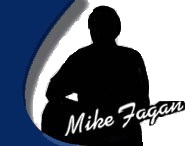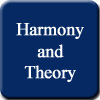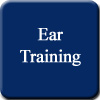|
Professional Guitar
Professional Guitar - See It, Feel It, Hear It
For those guitarists who want to reach their full potential as players
· Playing Lead
· Playing Rhythm
· Songwriting
Whatever genre you are interested in, mastering the guitar involves studying in 4 areas.
Area 1 - Applied Harmony And Theory (The Grammar)
This is not the type of material that a classical musician would study at The Royal Conservatory. The type of harmony and theory that
a modern guitarist needs is the jazz harmony and theory taught at places like GIT, Berkley or Humber College.
1. Scales, modes, arpeggios, and how to use them
2. Chord construction
3. How to analyze chord progressions and understand them
4. How to apply reharmonization concepts in writing music (sec dom, modal interchange, pivot chords, etc.)
Area 2 - Ear Training (Throw Away The Tabs And Learn From The Music)
Playing by ear is something anybody can do. If a person can read or write english they can decipher music the same way. The ultimate
goal for a student is to develop their ear to be able to listen to a guitar solo like Hendrix’s “Voodoo Child” and write it down in
music notation accurately without using their instrument. This is the same approach that Steve Vai uses.
Learn
1. To identify the basic 12 intervals by sound
2. To identify rhythms by sound
3. Applying chromatic solfege
4. The 9 chord families
5. Developing perfect pitch
6. Transcription
Area 3 - Technique
This area involves training the motor system
1. Principles of developing technique
2. Using a metronome
3. Slow motion study
4. Supportive fingering
5. One and 2 string picking
6. The rake, the claw, hammer on and pulloff
7. Scale exercises
Area 4 – Jamming
A method to put melody and feel into your playing and writing.
Why does a simple solo like BB King's “The Thrill Is Gone” connect with an audience. The guitar playing is not super technical and he uses
simple scales. The answer is that it taps into musical concepts that great musicians have been using throughout the centuries.
This area includes the following topics:
1. Call and answer
2. Identifying and developing motifs
3. Rhtyhm embedding
4. Playing through changes
|
|
|
 |
















